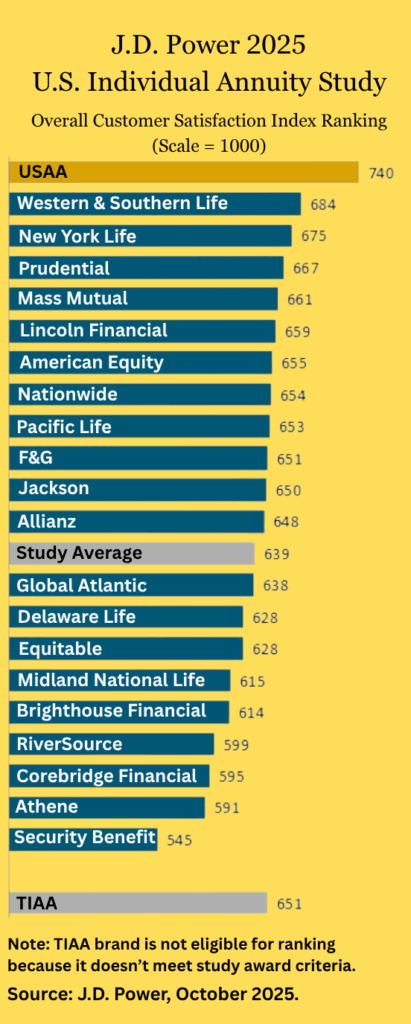The average contribution to Fidelity IRAs was $3,930 for tax year 2011, up nearly 15% percent from $3,420 for tax year 2007, according to a five-year analysis by the giant Boston-based no-load fund company.
All age groups showed double digit percent contribution increases. Roth IRA conversion activity in 2012 continues to be double the level seen in 2009, the year before income limits were removed.
The analysis from Fidelity, which according to Cerulli Associates has nearly $700 billion in assets under administration in IRAs, shows positive contribution trends across all age groups:
|
Age Range |
Average 2011 Tax |
Average 2007 Tax |
% Increase |
|
20-29 |
$3,210 |
$2,840 |
12.9 |
|
30-39 |
$3,350 |
$2,970 |
12.7 |
|
40-49 |
$3,610 |
$3,160 |
14.1 |
|
50-59 |
$4,480 |
$3,970 |
12.8 |
|
60-69 |
$4,690 |
$4,140 |
13.4 |
|
70+ |
$4,650 |
$4,030 |
15.3 |
The analysis also examined usage trends of Roth and Traditional IRAs, highlighting the various benefits of each account. Findings from the analysis include:
- On average, annual contributions to Roth IRAs have surpassed those made to traditional IRAs by 62.7% per year since tax year 2007.
- For the past five years, investors in their 60s have had the highest Roth and traditional IRA contribution rates. For tax year 2011, these investors contributed an average of $4,930 to Roth IRAs and $4,790 to traditional IRAs.
- For the past three tax years, an average of 41.6% of the contributions by investors in their 50s were made to traditional IRAs.
- 84% percent of all contributions made by investors in their 20s for tax year 2011 were to Roth IRAs.
- 85% of all contributions made by investors aged 70 and older were to Roth IRAs.
For the first half of 2012, Fidelity conducted more than 45,000 Roth IRA conversions with investors. This was a slight increase over the number of conversions conducted in the first half of 2011, and more than double (109%) the number conducted within the same timeframe in 2009, before income limits were removed.

